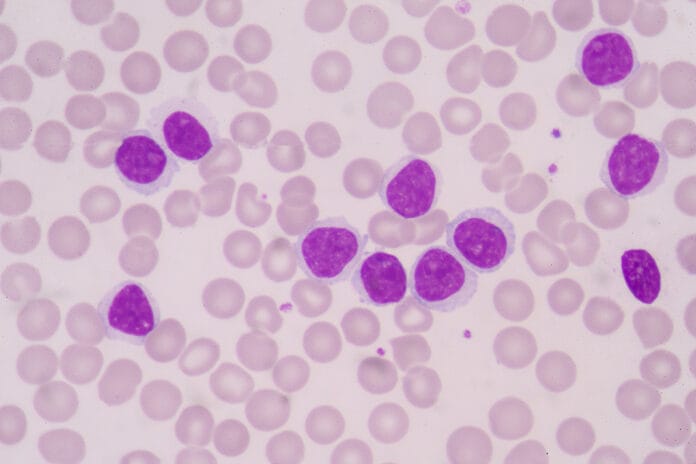A study by the Journal of the American Dental Association recently explored how Oral Myeloid Sarcoma can manifest as gingival or mucosal swelling in certain patients. The research, titled “Oral myeloid sarcoma as an uncommon manifestation of acute myeloid leukemia,” compares the results of multiple case studies.
About Acute Myeloid Leukemia
According to the American Cancer Society, cancer is the second-leading cause of death worldwide. This serious illness develops whenever cells grow at an uncontrollable rate and start to destroy healthy body tissue. Any cell has the potential to become cancerous and spread to different areas of the body.
Leukemia is a certain type of cancer that usually affects the blood cells, although it can start in other blood cell types. Acute myeloid leukemia (AML) is a form of leukemia that occurs in bone marrow cells. Bone marrow is the spongy or viscous tissue that fills the inner part of certain bones. There are two types of bone marrow, yellow bone marrow and red bone marrow. The prior is composed of fatty tissue, while the other is made of myeloid tissue. A small fraction of the cells contains blood stem cells. The primary function of bone marrow is to grow and replenish platelets as well as red and white blood cells. Bone marrow also produces the body’s fat, cartilage, and bone cells.
General Symptoms of Acute Myeloid Leukemia
Below are some of the typical signs and symptoms commonly associated with Acute Myeloid Leukemia:
- Weight loss or weight fluctuations
- Fatigue
- Fever
- Night sweats
- Loss of appetite
Although the odds of recovering are somewhat lower for this specific type of cancer, early prevention screenings can help many people catch it earlier and improve their chances of overcoming the illness.
About the Study
Dr. Diana Wang, the lead researcher for the study, is an oral and maxillofacial pathology resident in the Department of Oral Medicine, Infection, and Immunity at Harvard School of Dental Medicine. She worked with a team of associate professors and a predoctoral dental student to examine multiple case studies of dental patients with Oral Myeloid Sarcoma tumors to study how it may develop as an early sign of Acute Myeloid Leukemia.
The first case study they looked at involved an 82-year-old woman who showed signs of an asymptomatic erythematous swelling in the maxillary gingiva. She also didn’t have any known history of blood cancer or hematologic malignancy. The patient was eventually treated with focal radiation as cancer treatment before receiving chemotherapy. Although she was able to go into remission at first, she succumbed to the illness only two years after her diagnosis.
The second case study featured a 65-year-old man who suffered from a history of acute myeloid leukemia. He also had an ulcer on the palatal mucosa and an asymptomatic ulcer on the lower lip mucosa. The patient received a round of immunotherapy and radiotherapy to combat the cancer and responded favorably.
The third case study had the health records of a 58-year-old woman who had the same health issues as the second one. She received chemotherapy and achieved remission, but she eventually relapsed. Her medical team is still trying to experiment with different treatments.
In Conclusion
Based on the findings from the case studies, Dr. Wang asserts that dental clinicians are the first line of defense in these types of situations since patients with oral findings are more likely to seek treatment from their local dental office first. As a result, she believes dental clinicians should be very vigilant about looking for signs of Oral Myeloid Sarcoma, especially since it can manifest as gingival swelling or ulceration. She is also a strong advocate for dentists keeping an extensive diagnosis list when evaluating their patient’s oral lesions and to take note if it happens to resist the most common types of treatment. Since the health condition is closely linked to Acute Myeloid Leukemia and indicates the onset or relapse of associated hematologic malignancies, Dr. Wang encourages dental professionals to advise patients to undergo additional testing with their primary care doctor.











